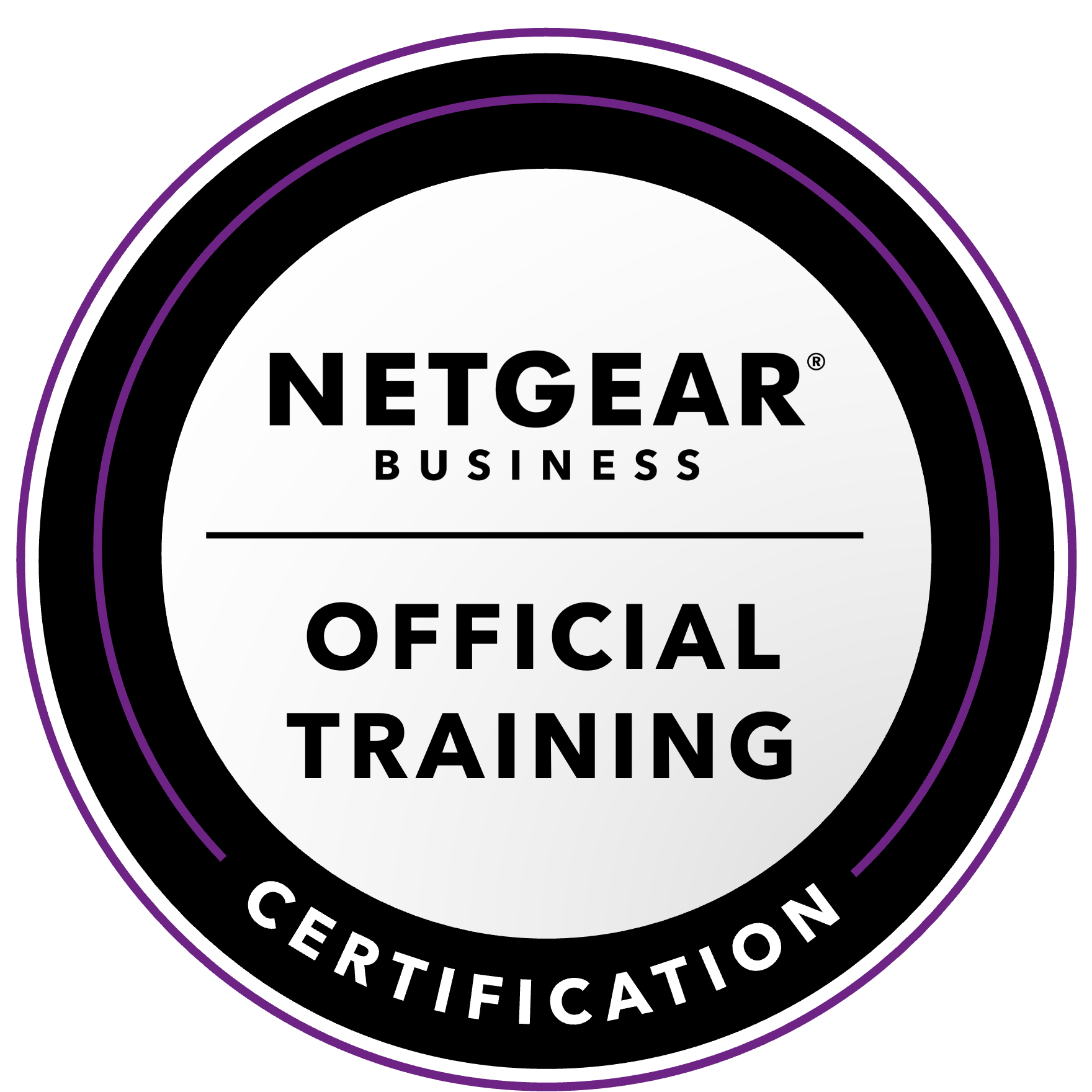NETGEAR is aware of a growing number of phone and online scams. To learn how to stay safe click here.
Forum Discussion
InteXX
Jan 20, 2015Luminary
WDC Reds Not Suitable?
I just finished reading this writeup:
http://www.smbitjournal.com/2014/05/understanding-the-western-digital-sata-drive-lineup-2014/
This comment, about halfway down in the Red section, stood out like a sore thumb to me:
"Red drives, having URE 10^14, are dangerous to use in parity RAID arrays..."
Well, heck. That threatens to stomp squarely on my plans to fill my new RN104 with 4x4TB Reds (WD40EFRX), running under RAID6 with BitRot protection enabled on all shares.
I notice Mr. Miller's dependence on low UREs for his statement. Does this mean for us that ReadyNAS' BitRot Protection feature addresses the "danger" to which he refers?
Thanks,
Jeff Bowman
Fairbanks, Alaska
http://www.smbitjournal.com/2014/05/understanding-the-western-digital-sata-drive-lineup-2014/
This comment, about halfway down in the Red section, stood out like a sore thumb to me:
"Red drives, having URE 10^14, are dangerous to use in parity RAID arrays..."
Well, heck. That threatens to stomp squarely on my plans to fill my new RN104 with 4x4TB Reds (WD40EFRX), running under RAID6 with BitRot protection enabled on all shares.
I notice Mr. Miller's dependence on low UREs for his statement. Does this mean for us that ReadyNAS' BitRot Protection feature addresses the "danger" to which he refers?
Thanks,
Jeff Bowman
Fairbanks, Alaska
17 Replies
Replies have been turned off for this discussion
- StephenBGuru - Experienced User10^14 URE is the normal spec for consumer drives as well as the Reds. There's no problem using them in parity RAID arrays, despite the comment in the writeup (which is his opinion).
URE -> unrecoverable read error. The read attempt simply fails, and normal raid repairs it. As the article says:
So the risk he is talking about is when a disk has already failed, and you get a URE on a second disk. In other words- a multiple disk failure, which does happen.In healthy RAID arrays (other than RAID 0), the RAID system provides mirroring and/or parity that can cover for this sector failure and recreate the data protecting us from URE issues. When a RAID array is in a degraded state UREs are a potential risk again.
BitRot protection isn't relevant, as there is no silent corruption happening. Backups protect against this risk (and others).
You can get better specs by getting enterprise drives or WDC RED Pros (WD4001FFSX). A WD4001FFSX costs about $65 more than the WD40EFRX, and has a 10^15 URE spec (and overall looks like an excellent drive). Though you still need backups anyway, since there are other risks in trusting your data to a single device. - InteXXLuminarySo I think I'm slowly catching on here...
[URE]1--+[BitRot], right?
All BitRots are UREs, but not all UREs are BitRots. This would support your statement that "BitRot protection isn't relevant, as there is no silent corruption happening," as BitRot protection only protects against BitRot-sourced UREs. Correct?So the risk he is talking about is when a disk has already failed, and you get a URE on a second disk. In other words- a multiple disk failure, which does happen.
Gotcha. Makes sense. I'll look at the Red Pros.
Re: RAID != Backup... is there an echo in here? :wink:
Thanks,
Jeff Bowman
Fairbanks, Alaska - StephenBGuru - Experienced User
InteXX wrote: All BitRots are UREs, but not all UREs are BitRots. This would support your statement that "BitRot protection isn't relevant, as there is no silent corruption happening," as BitRot protection only protects against BitRot-sourced UREs. Correct?
URE -> you get no data when you try to read the disk sector, instead you get an error indication from the disk. RAID can correct it.
bitrot -> you get wrong data when you read the disk sector, and you get no error indication from the disk. RAID can't correct it. BitRot protection can correct it (at least sometimes). - InteXXLuminaryOK got it, thanks.
BTW, I appreciate everyone beating the RAID/Backup drum. That's darn good advice.
Thanks,
Jeff Bowman
Fairbanks, Alaska - The URE rating and other reliability features made me go for WD Red Pro and WD Se drives in my 314.
The thing to watch out for is the additional heat produced by these 7200RPM drives. Both of the drives regularly run at 50c in my unit and giving the max op temp is 55, i consider this too high, although i know mdgm will disagree on with me.
Unfortunately, you can't get 5400 rpm enterprise featured drives anymore; i think there would be a market for them. - InteXXLuminary
AndreasKa wrote: The URE rating and other reliability features made me go for WD Red Pro and WD Se drives in my 314.
Right. I just got off the phone with Amazon; they're going to replace at least one of the Reds with a Red Pro at no extra charge due to the trouble they've given me with the packing and ship/return/reship cycle. (Moments like this is why I love Amazon, BTW.)AndreasKa wrote: The thing to watch out for is the additional heat produced by these 7200RPM drives. Both of the drives regularly run at 50c in my unit and giving the max op temp is 55, i consider this too high, although i know mdgm will disagree on with me.
Shucks, a little disagreement is good to have now and then. That said, I might tend to agree with him, no offense; I prefer to err on the side of caution whenever possible. As you say, I'll have to keep an eye on this. Not sure what I can do about it. It's a tough trade-off.AndreasKa wrote: Unfortunately, you can't get 5400 rpm enterprise featured drives anymore; i think there would be a market for them.
Yes, I'm surprised to hear that you can't. You'd think that especially enterprise NAS drives would be available at either speed.
Thanks,
Jeff Bowman
Fairbanks, Alaska - StephenBGuru - Experienced UserPower specs on the 4 TB Red Pro are
Read/Write 8.6
Idle 6.5
Sleep 0.6
Power specs on the normal Red areRead/Write 4.5
Idle 3.3
Sleep 0.4
So the Pro's will run hotter. Though I think someone living in Fairbanks might have some easy "green" ways to lower the ambient temperature during the most of the year :D - InteXXLuminary
StephenB wrote: Power specs on the 4 TB Red Pro are Read/Write 8.6
Idle 6.5
Sleep 0.6
Power specs on the normal Red areRead/Write 4.5
Idle 3.3
Sleep 0.4
So the Pro's will run hotter.
Downside?StephenB wrote: Though I think someone living in Fairbanks might have some easy "green" ways to lower the ambient temperature during the most of the year :D
Sure... just wait 'til November! :D
Thanks,
Jeff Bowman
Fairbanks, Alaska - InteXXLuminary
StephenB wrote: So the Pro's will run hotter.
So basically I have to decide between more UREs and near-ceiling temps :?
What would the ReadyNAS Maniac do?
Thanks,
Jeff Bowman
Fairbanks, Alaska - StephenBGuru - Experienced User
http://www.cs.virginia.edu/~gurumurthi/papers/acmtos13.pdf finds that disk failures increase as temperature rises. Per Table 3, disks that run at 40C or more fail at a higher rate. Disks running at 50C fail about 1.50 higher rate more often than drives that are < 40C.InteXX wrote: StephenB wrote: So the Pro's will run hotter.
Downside?
Figure 5 shows a similar graph.
This is of course just one study, and there are other studies that reach different conclusions. But the downside is potentially shorter drive life.
There are plenty of ReadyNAS owners using 7200 rpm drives that report temps ~50C.
Obviously ReadyNAS running in cooler rooms will have lower drive temps.
Increasing the fan speed (not possible in the UI today) would also help, but the study didn't find that to be cost effective in a data center environment (figure 14). Though the NAS used in data centers are quite different from home NAS. Their test servers held 35 drives each, and they were increasing fan speeds from 7000RPM to 12000RPM. That increase only reduced drive temps by 5C.
I'm using mostly WDC Reds (11 altogether, in 4 NAS), and see temps around 30C in those systems. The performance is good enough for me (generally my systems are either CPU bound or network bound). Reliability has been excellent so far, though oldest RED drive I has is only 2 years old.InteXX wrote: What would the ReadyNAS Maniac do?
I plan to stick with WDC REDS for now. If I start seeing a lot of failures, I'll reassess.
If I were running a business (or had the NAS in an environment with conditioned air), I'd probably use RED Pro drives in one or two systems, and see how they worked out.
Related Content
NETGEAR Academy

Boost your skills with the Netgear Academy - Get trained, certified and stay ahead with the latest Netgear technology!
Join Us!
